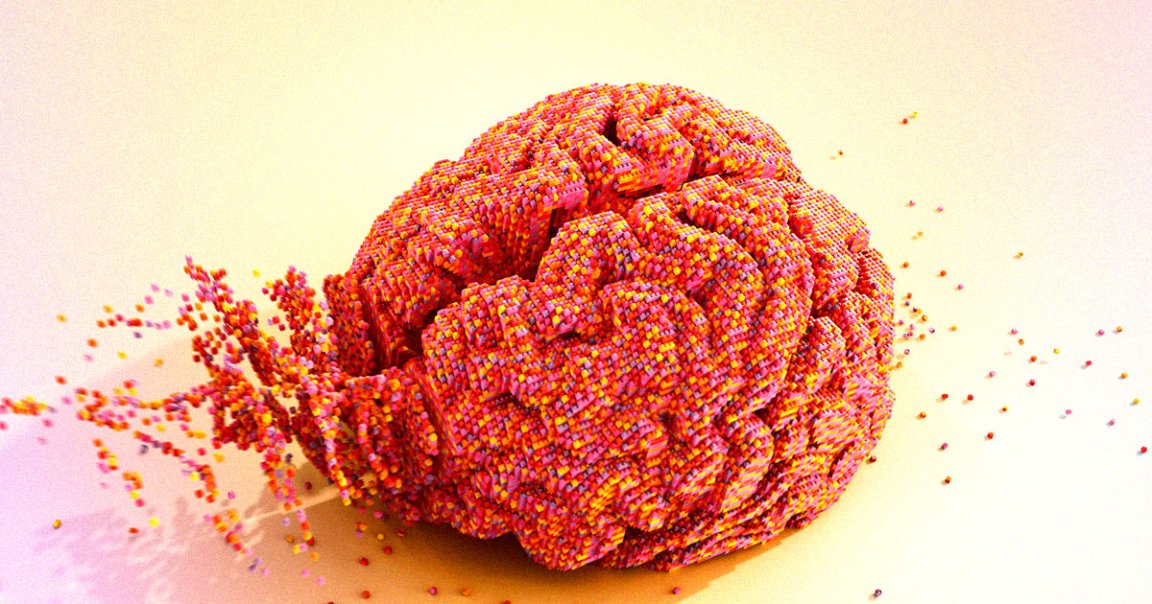
Researchers have found that the amount of microplastics in our brains is rising at an alarming rate.
As The Guardian reports, scientists examined postmortem brain tissue from dozens of human bodies between 1997 and 2024. They found that the concentration of microplastics increased consistently over that time period, with a particularly dramatic surge over the last eight years.
As detailed in a study published in the journal Nature Medicine, a team led by University of New Mexico toxicologist and professor of pharmaceutical sciences Matthew Campen concluded that the average brain now contains the equivalent of one plastic spoon, or seven grams, worth of plastic.
And it’s not just the brain. Scientists also found significant concentrations of microplastics in the liver and kidney.
The research highlights how incredibly pervasive microplastics have become, invading almost every part of our bodies, from arteries and lungs to hearts and sperm.
Scientists are also only beginning to understand the myriad of effects these particles could have on our health.
“These results highlight a critical need to better understand the routes of exposure, uptake and clearance pathways and potential health consequences of plastics in human tissues, particularly in the brain,” the team wrote in their paper.
Even more worryingly, the scientists concluded that the concentration of microplastics was roughly six times higher in brain samples taken from people who had dementia, indicating a possible link. However, the scientists stopped short of determining any causality.
“It’s pretty alarming,” Campen told The Guardian in August. “There’s much more plastic in our brains than I ever would have imagined or been comfortable with.”
The fragments of plastic themselves are pretty tiny, at less than 200 nanometers, or about 400 times smaller than the width of a human hair.
“That’s roughly the size of two COVID viruses side by side,” Campen told USA Today.
Thanks to their minuscule size, these plastics can cross the blood-brain barrier, which usually allows the brain to protect itself against invasion by unwanted materials.
“For those of us who work in the brain, showing that the highest levels (of microplastic) were measured in that organ is profound and a bit concerning,” University of Georgia physiology professor Jason Richardson, who was not involved in the study, told USA Today.
Scientists are now trying to track down how these microplastics get inside our bodies. Campen suggests nanoparticles could be “hijacking their way in through lipids,” as he told the broadcaster.
“We don’t know that much about the health effects, but the fact is that they are there and they shouldn’t be there, and maybe that’s worrying enough,” Utrecht University neurotoxicologist Emma Kasteel, who was not involved in the research, told National Geographic, adding that she was “quite shocked by the amount of microplastics they find.”
“Plastic is everywhere,” Kasteel said. “Most people cannot imagine a world without plastic… even if we stop producing plastic right now, the world will still be full of microplastics.”
More on microplastics: Scientists Say Children Are Getting Sick and Dying in Huge Numbers Due to Chemicals and Plastics